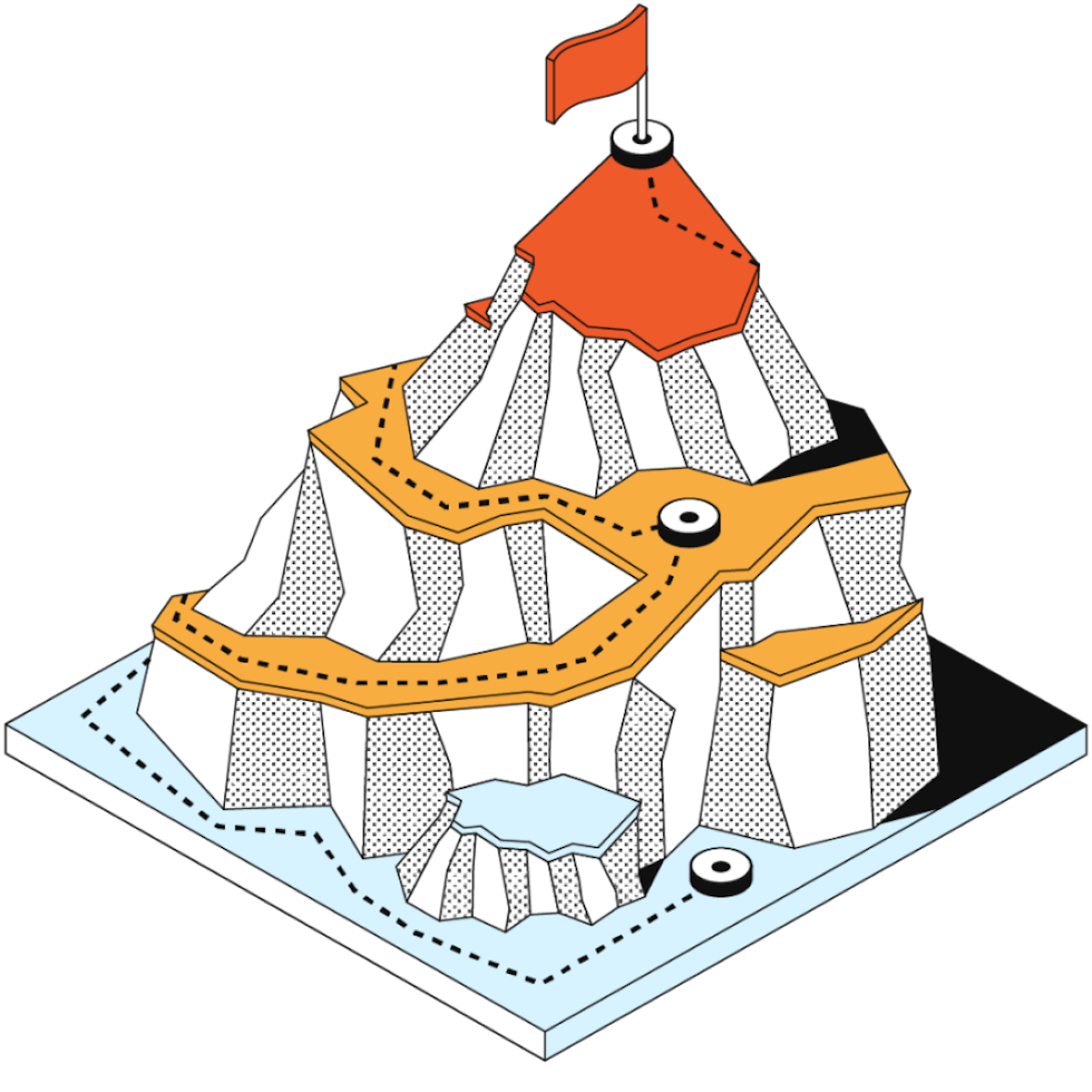6 key moments that have shaped OKRs
How OKRs have changed the way teams do their best work, from Intel to Google.

Strategic planning is crucial to a company because it outlines a path forward and establishes measurable goals. However, there are very few systems that allow for strategy to be visible to everyone in a company while also spelling out goals and measuring results. OKRs are a goal-setting framework used by individuals, teams, and organizations to define their goals and measure success. They have a deep history going back to the 1950s and are currently used at Adobe, Allbirds, Amazon, Google, Intel, LinkedIn, Microsoft, and Netflix. Here are six moments that have shaped corporate adoption of the OKR goal-setting framework. Peter Drucker is considered the “godfather of modern management.” A prolific adviser, consultant, teacher, and writer, he authored more than 30 books. One of his most popular titles, “Management by Objectives,” also known as MBO, defined the role of objectives in an organization with management cascading the importance to employees and then determining their sequence. A critical part of this process was measuring employee performance. Drucker had a people-centric focus and believed that they were more likely to succeed when employees were part of the goal-setting process. The MBO model inspired future leaders and was adopted by corporations including Intel and Hewlett Packard. Inspired by Drucker’s Management by Objectives, Andy Grove created OKRs to track goals at Intel. He crafted a newer approach that built a standard an entire company could follow by asking two simple questions:
- Where do I want to go?
- What steps will I have to take to get there?

I remember being intrigued with the idea of having a beacon or north star every quarter, which helped set my priorities.
It was also incredibly powerful for me to see Andy’s OKRs, my manager’s OKRs, and the OKRs for my peers. I was quickly able to tie my work directly to the company’s goals.
I kept my OKRs pinned up in my office and I wrote new OKRs every quarter, and the system has stayed with me ever since.

On that balmy day in Mountain View, I came with my present for Google, a sharp-edged tool for world-class execution.
I’d first used it in the 1970s as an engineer at Intel, where Andy Grove, the greatest manager of his or any era, ran the best-run company I had ever seen.
Since joining Kleiner Perkins, I had proselytized Grove’s gospel far and wide, to 50 companies or more.

The objective is what I want to have accomplished.
The key results are how I’m going to get it done. The objectives are typically longer lived. They’re bold and aspirational. The key results are aggressive, but always measurable, time-bound, and limited in number.













